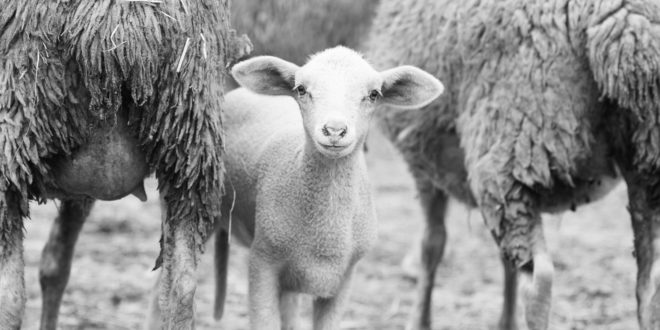The sanctuary service
1. What did God tell Moses to make? Exodus 25:8, 9; 29:42, 43
“ ‘Have them make a sanctuary for me, and I will dwell among them.’ ” “ ‘There I will meet you and speak to you.’ ”
The sanctuary or tabernacle (“dwelling place”) consisted of a large tentlike structure with two rooms that were separated by a curtain. The priests ministered every day in the first room (the Holy Place), but only the high priest could enter the second room (the Most Holy Place), and he only once a year on the Day of Atonement. He did this with blood, offered for himself and for the sins of the people (Hebrews 9:1–7). In the Most Holy Place was the ark of the covenant containing the Ten Commandments. On top of the ark was the atonement cover with two gold cherubim (angels) mounted on either end. The glory of God’s presence between the two angels lit the tabernacle (see Exodus 25:17–22; 40:34, 35; Hebrews 9:5).
2. Who was Moses instructed to appoint to minister in the sanctuary? Exodus 30:30
“ ‘Anoint Aaron and his sons and consecrate them so they may serve me as priests.’ ”
The priest mediated between God and the people, offering sacrifices for sins (Hebrews 5:1). Sin separates us from God (Isaiah 59:2). Atonement means to be reconciled to God.
3. What was the typical way of making atonement for sin before Jesus came? Leviticus 4:3, 4
“ ‘ “If the anointed priest sins . . . he must bring to the Lord a young bull without defect as a sin offering. . . . He is to present the bull at the entrance to the Tent of Meeting before the Lord. He is to lay his hand on its head and slaughter it before the Lord.” ’ ”
Three principles of atonement are found here: (1) substitution (“present the bull”); (2) identification (“lay his hand on its head”); and (3) the death of the substitute (“slaughter it”) (NIV Study Bible). Blood symbolizes life (Leviticus 17:11), and “without the shedding of blood there is no forgiveness” (Hebrews 9:22).
The most frequent offering was a lamb — morning and evening (Exodus 29:38, 39). Additional lambs were offered each Sabbath, as well as at all yearly feasts (Numbers 28; 29).
Jesus the “Lamb of God”
4. Could the blood of these sacrifices take away sin? Hebrews 10:1–4
“The law [sacrificial system] is only a shadow of the good things that are coming — not the realities themselves. . . . But those sacrifices are an annual reminder of sins, because it is impossible for the blood of bulls and goats to take away sins.”
Sacrifice and sin
5. John the Baptist called Jesus “the Lamb of God, who takes away the sin of the world!” What did Jesus achieve that the priests could never do? Hebrews 10:11–14; 9:9, 14
“Day after day every priest stands and performs his religious duties . . . which can never take away sins. But when this priest [Jesus] had offered for all time one sacrifice for sins, he sat down at the right hand of God . . . because by one sacrifice he has made perfect forever those who are being made holy.” “The gifts and sacrifices being offered were not able to clear the conscience of the worshiper. . . . How much more, then, will the blood of Christ, who through the eternal Spirit offered himself unblemished to God, cleanse our consciences from acts that lead to death, so that we may serve the living God!”
The sacrifices taught that sin causes death. If sinners are to be pardoned, a substitute must die in their place. The sacrifices prefigured the “once-for-all” death of Jesus, to which the worshipers before the Cross, by faith, looked forward.
Bible Discovery by Errol Webster. Reprinted with permission by SIGNS. Biblebay © 2001-2014, Westlake Village, CA.
© 2002 - 2024, AnswersForMe.org. All rights reserved. Click here for content usage information. Answers for Me Support & encouragement for every-day life
Answers for Me Support & encouragement for every-day life



